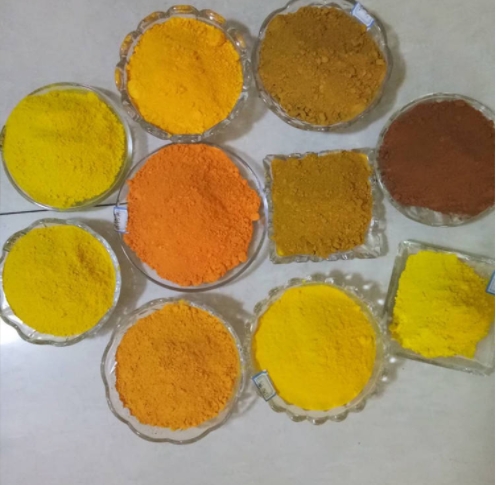
8 月 . 17, 2024 18:41 Back to list
Suppliers of Chemical Grade Titanium Dioxide for Various Industrial Applications
Exploring the Landscape of Chemical Titanium Dioxide Suppliers
Titanium dioxide (TiO2) is a critical compound widely used in various industries, primarily as a white pigment in paints, coatings, plastics, and paper. Given its remarkable properties, including high opacity, UV resistance, and chemical stability, titanium dioxide has become an essential ingredient in many products we encounter daily. With the growing demand for TiO2 across multiple sectors, the role of chemical titanium dioxide suppliers has become increasingly significant.
Understanding Titanium Dioxide
Titanium dioxide occurs naturally in the form of minerals such as rutile, anatase, and brookite. It is primarily produced through two processes the sulfate process and the chloride process. The sulfate process involves treating titanium ores with sulfuric acid, while the chloride process uses chlorine gas to extract titanium from ore. Both methods yield high-purity titanium dioxide, but the chloride process is generally preferred for its efficiency and lower environmental impact.
The Role of Suppliers
Chemical titanium dioxide suppliers are essential in ensuring a consistent supply of high-quality TiO2 to meet industrial needs. They source titanium dioxide from various manufacturers and offer it in different forms, including pigments and powders. These suppliers play a crucial role not only in logistics and distribution but also in providing technical expertise and support to their clients.
Key Players in the Industry
The global titanium dioxide market is dominated by several key players, including companies like DuPont, Tronox, and OXIS Energy. These suppliers have established strong reputations for their quality products and reliable service. Additionally, several emerging suppliers are gaining traction by focusing on sustainable production methods and innovative applications of TiO2, such as in cosmetics and food products.
With the increasing trend towards sustainability, some suppliers are also investigating ways to recycle and repurpose titanium dioxide to minimize waste. This environmentally-conscious approach is particularly appealing to industries looking to reduce their carbon footprint.
chemical titanium dioxide suppliers

Market Dynamics
The demand for titanium dioxide is driven by its widespread applications. In construction and building materials, for example, TiO2 is used to improve durability and longevity, while in the automotive industry, it is employed in protective coatings. Additionally, as consumer awareness shifts towards environmentally friendly products, more suppliers are looking to offer titanium dioxide derived from sustainable sources.
Despite its numerous advantages, the titanium dioxide market faces challenges, including fluctuating raw material prices and regulatory changes related to environmental impacts. Suppliers must navigate these challenges while ensuring quality and compliance with industry standards.
Future Prospects
Looking ahead, the market for titanium dioxide is expected to continue its growth trajectory, fueled by advancements in technology and increasing production capacities. Suppliers are likely to focus on enhancing the purity, efficiency, and sustainability of TiO2 products to cater to evolving consumer demands.
Furthermore, ongoing research into innovative applications of titanium dioxide, particularly in the fields of nanotechnology and photocatalysis, suggests that the scope for TiO2 use will expand further, creating new avenues for suppliers.
Conclusion
In conclusion, chemical titanium dioxide suppliers play a pivotal role in the supply chain of this important compound. As industries evolve and demand grows, these suppliers will need to adapt and innovate, ensuring that they continue to meet the needs of their clients while promoting sustainable practices. By navigating market dynamics and investing in research and development, the future for titanium dioxide suppliers appears bright and full of opportunities.
-
Lithopone for Plastic & TiO2 R-5568/SK-6658 Masterbatch Solutions
NewsMay.30,2025
-
China Leading Rutile TiO2 Manufacturer - R5566 & R996 Grades Available
NewsMay.30,2025
-
High-Purity Anatase & Rutile TiO2 Powder Trusted Manufacturer
NewsMay.30,2025
-
High-Purity Anatase Products Trusted Supplier & Manufacturer
NewsMay.29,2025
-
Best Price Eco-Friendly Rutile TiO2 Supplier & Wholesale Factory
NewsMay.29,2025
-
Chinese Anatase Titanium Dioxide for Ceramic Glaze Reliable Supplier
NewsMay.29,2025
